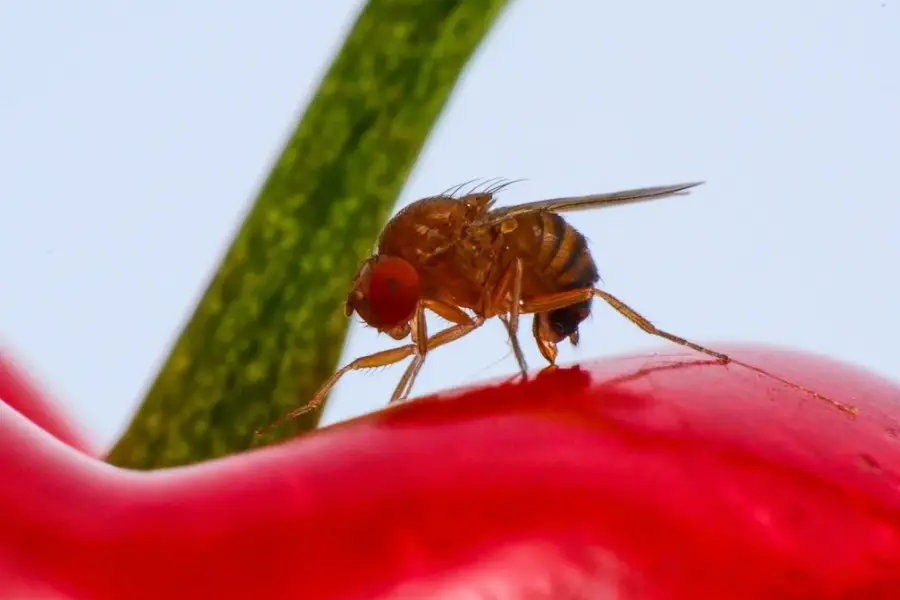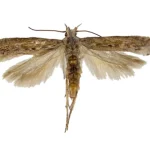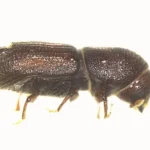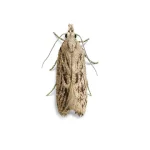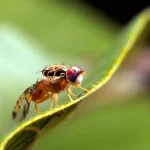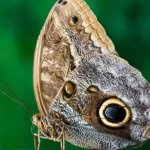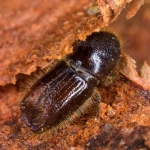The European cherry fruit fly pesticide is one of the most sought-after chemical methods for cherry and sour cherry growers. The primary reason for this is that the European cherry fruit fly causes significant damage to cherries and sour cherries, and combating this pest is quite challenging.
Thanks to the European cherry fruit fly pesticide, it has become possible to fight these pests. Cultural, biotechnological, and chemical methods can be used to combat these flies. Once the infestation begins, it becomes quite difficult to fight them. Therefore, early detection should be done, and control methods should be determined accordingly. Biotechnological control is among the most successful methods in this regard.
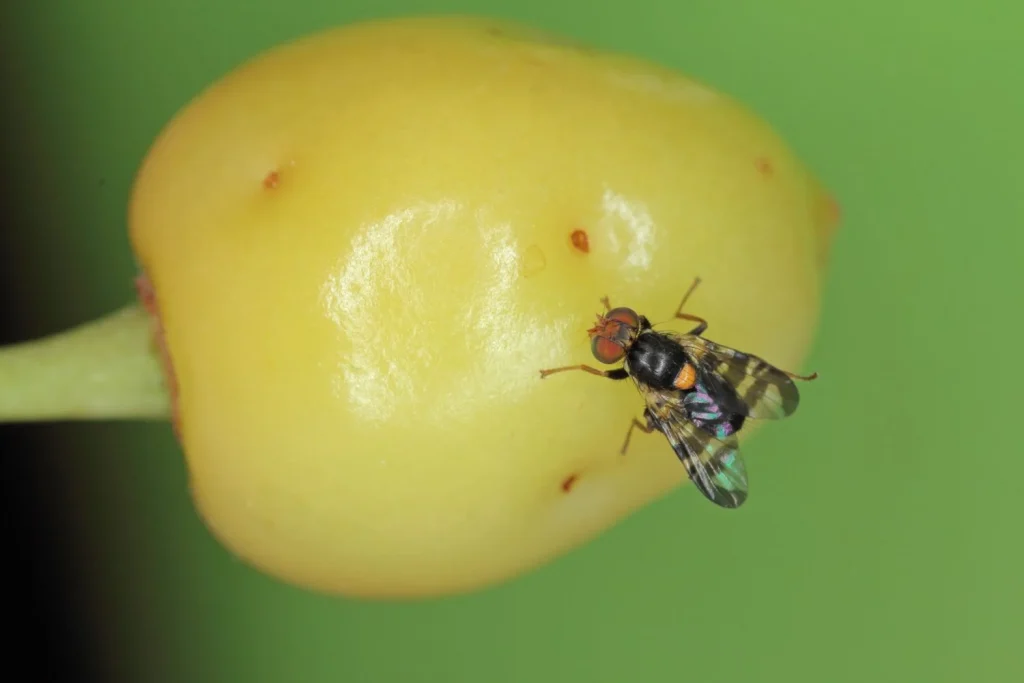
Does European Cherry Fruit Fly Pesticide Work?
Before answering questions like “Does cherry fruit fly pesticide work?” or “When should it be used?” it is necessary to talk a little about these pests. Adult cherry fruit flies have bright black eyes. At the tip of their thorax, there are yellow scutellums, which make them easily recognizable. Their eyes are greenish-blue, and they have transparent wings. Adult male flies are 4 mm long, while female flies are 5 mm long.
The primary problem in cherries and sour cherries is the eggs laid by these flies. The larvae that hatch from these eggs feed on the cherries or sour cherries, causing brown discoloration. The larvae are cream-colored and legless. Their length is initially 0.6 mm and reaches 6 mm when they are about to pupate. The pupae are light yellow, 4 mm long, and 2 mm wide.
The cherry fruit fly spends the winter in the soil as a pupa. At the end of April and beginning of May, they pierce the fruits and lay their eggs. Female cherry fruit flies lay one egg per fruit and use pheromones to prevent other females from laying eggs in the same fruit. An adult European cherry fruit fly lives for about 1 to 2 months and can lay 40 to 100 eggs.
The larvae that hatch from the eggs feed on the fleshy parts of the fruits, causing the fruits to become wormy and fall off prematurely. During the harvest season, wormy fruits decrease in market value. The damage increases as the number of hot days with temperatures exceeding 20 degrees Celsius rises. If not controlled, the infestation rate can reach up to 80%.
These pests, which harm cherries and sour cherries, also live as hosts on some wild cherry and Lonicera species. There is no comprehensive information on the natural enemies of the European cherry fruit fly in Turkey as no research has been conducted on this subject.
Cherry fruit fly pesticide is generally an effective method. However, traps should be set up first.
Combating Cherry Fruit Fly
When it comes to organic control of the cherry fruit fly, the main focus is on cultural measures you can take. If you want to keep these flies away, you should pay attention to the following points:
- Wild cherry and Lonicera species should not be planted in or near cherry orchards.
- Cherry varieties resistant to this pest should be chosen for orchards.
- If you are establishing a new orchard, early-maturing cherry varieties that mature before the adult cherry fruit flies emerge should be planted.
- After harvest, no fruit should be left on the trees. Harvesting ripe fruits simultaneously is another important point.
- In September or October, the soil should be tilled to a depth of 30-50 cm to bring the pupae to the surface and kill them.
- If you see worms in your cherries, you should collect and bury them in deep pits.
Kiraz sineğiyle mücadele sarı yapışkan
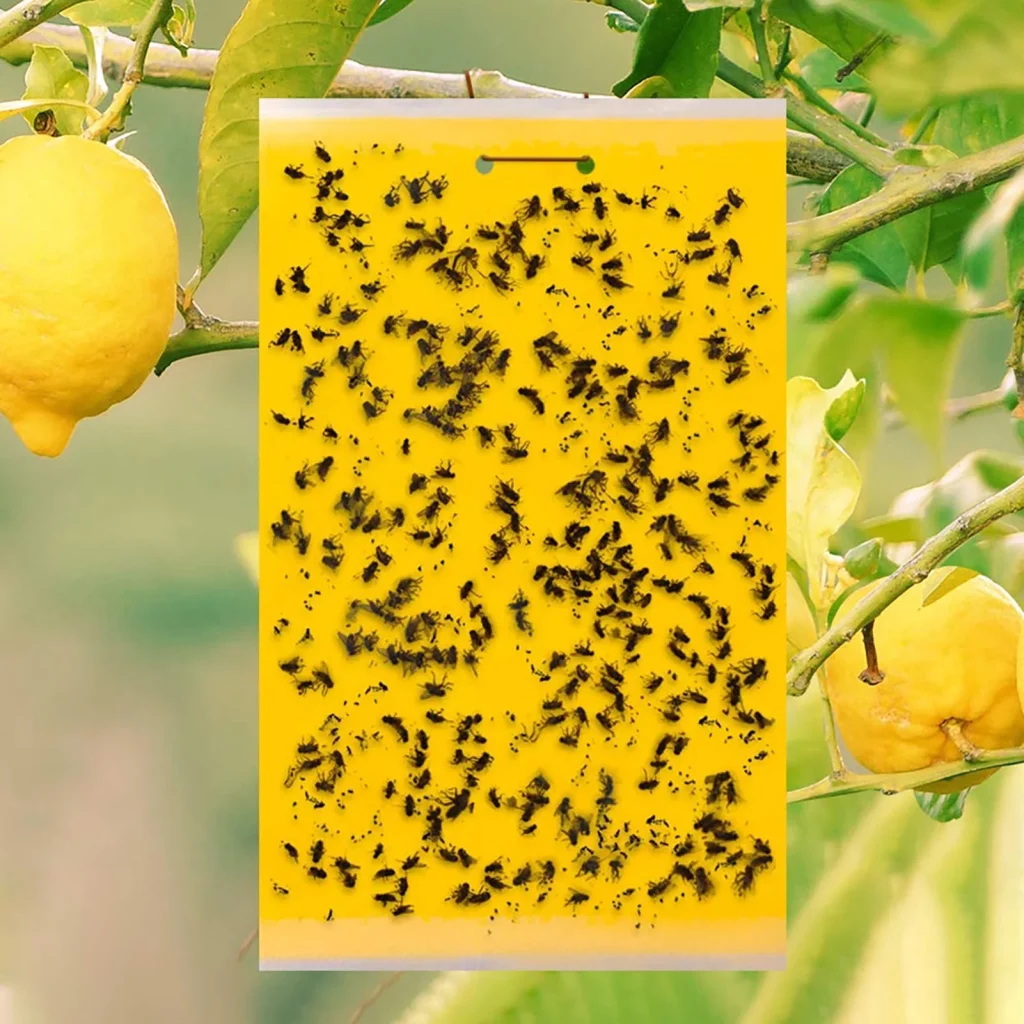
Biotechnological Control with European Cherry Fruit Fly Trap
Before using the cherry fruit fly pesticide, you should follow biotechnological control methods. Yellow sticky traps should be used to monitor the emergence of adults. If fewer than 10 flies are caught per trap per week, the mass trapping method should be used.
In mass control, two yellow sticky traps per decare should be hung a few weeks before the adults emerge. Four traps, each with an ammonia capsule, are used for each tree. These traps are hung following the emergence of the flies and used until the flights end.
If the situation is much more serious and there is a large orchard, chemical control is used along with European cherry fruit fly traps. The use of cherry fruit fly pesticide is done in the form of partial branch spraying when the population is sparse and during dry periods. If the problem is much bigger, blanket spraying should be done. In this case, the European cherry fruit fly pesticide is applied within 7 days at the latest after the first flies are seen in the traps.
When to Combat Cherry Fruit Fly
Combating the European cherry fruit fly is done at different times regionally. However, April and May are generally the best times. Yellow sticky traps are hung on the southeast side of the trees during this period. The cherry fruit fly pesticide is applied within a week after the first adult flies are seen.

